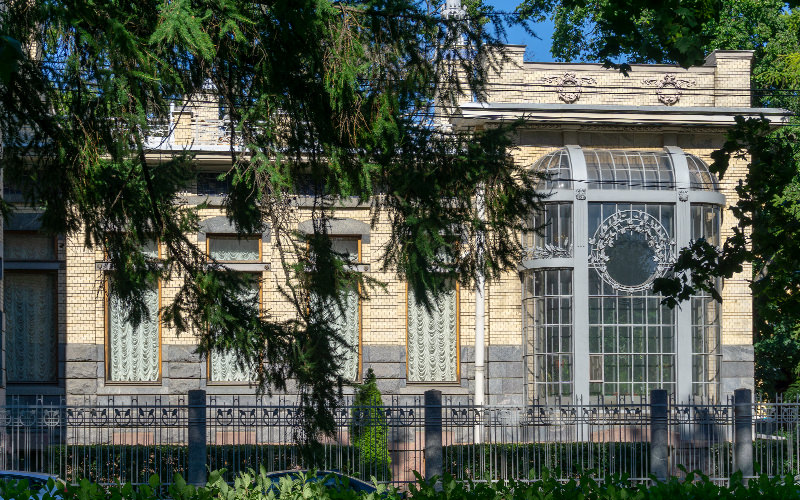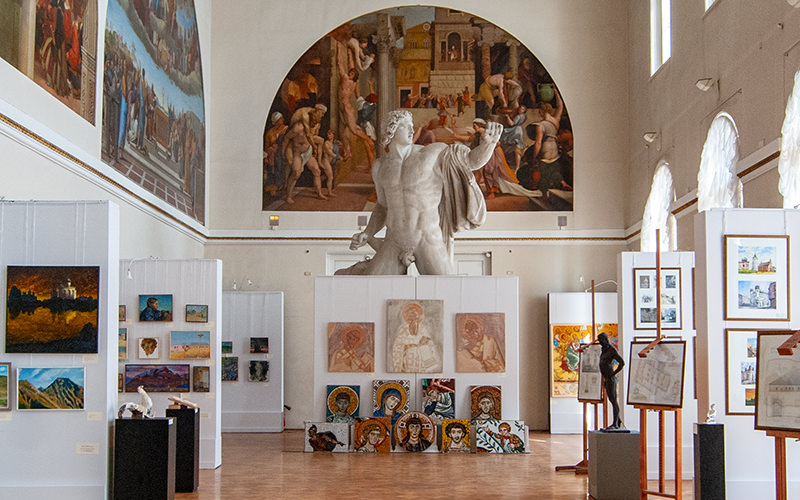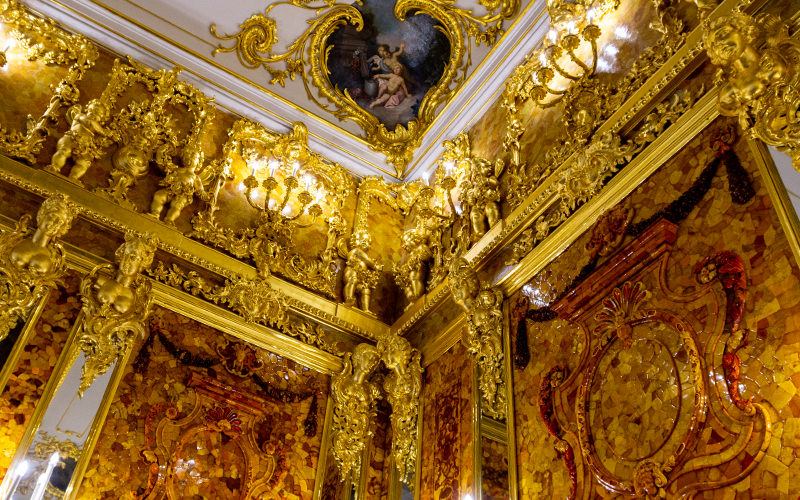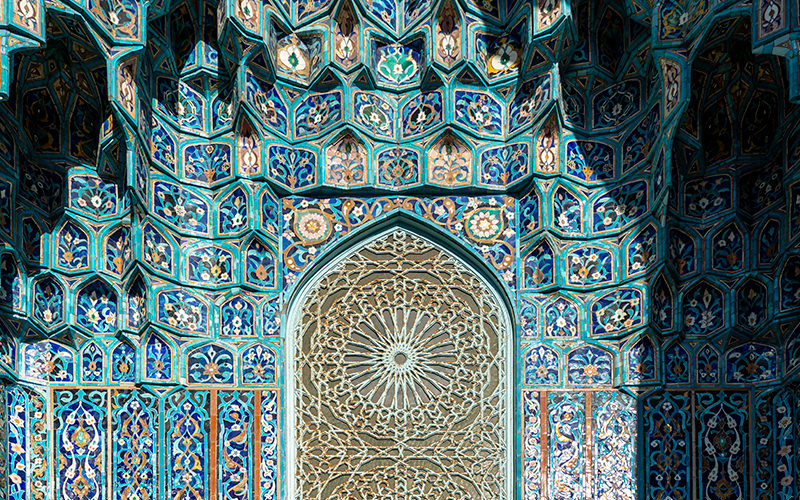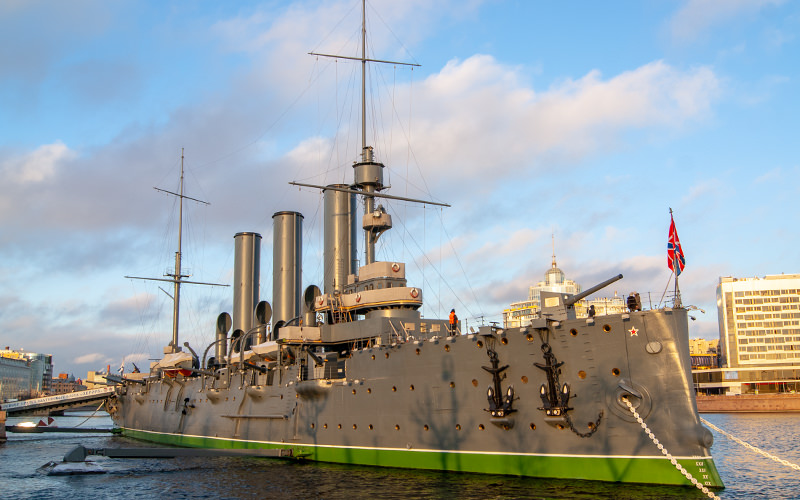On May 26, 1703, at a location designated by Peter I, a small wooden house known as the Original Palace was constructed on the modern Petrovskaya Embankment. It was also called the Red Chambers. Peter's house is the first building in the city and, as the name suggests, was intended for the residence of the tsar.
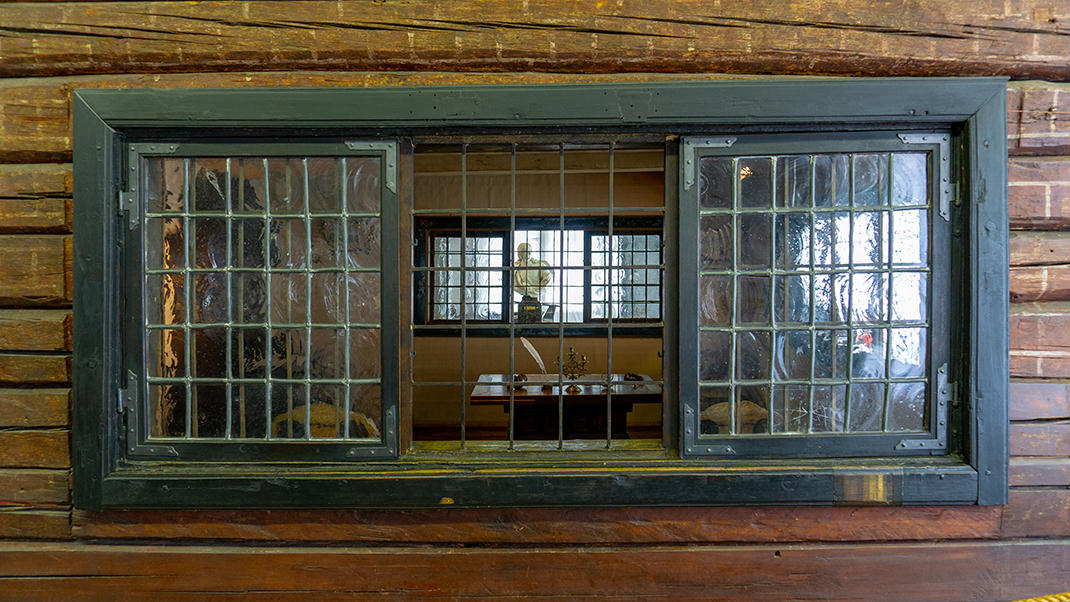
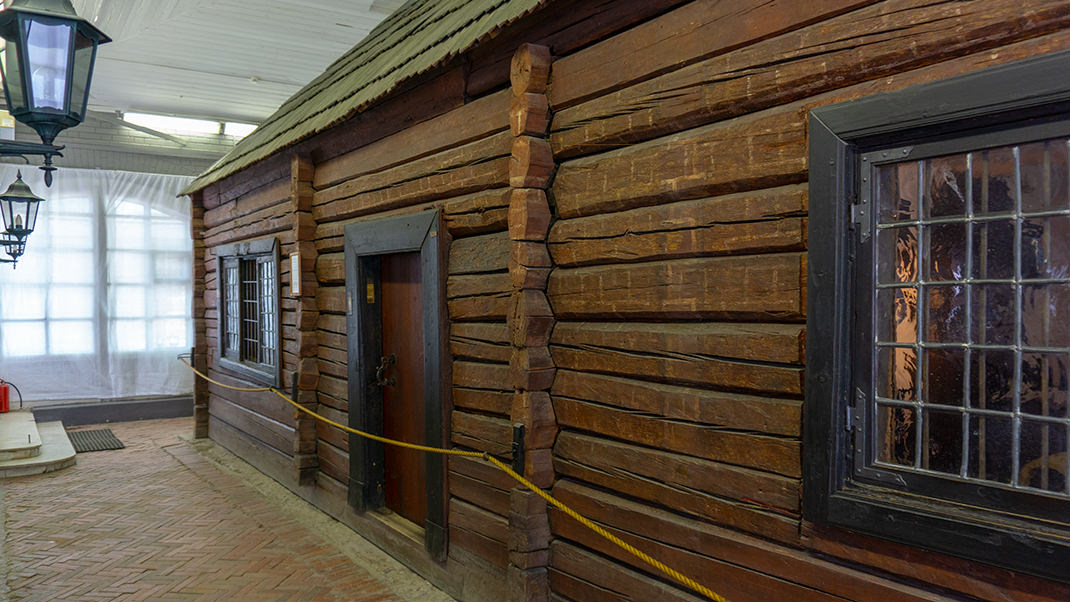
Many tourists, while walking along the embankment or across the Trinity Bridge, may have noticed the building set deep within the garden. However, not everyone knows that Peter's house is not the brick structure that is clearly visible from the street. The historical building is located inside this protective stone gallery.
How to Get There by Metro
It’s very easy to reach Peter's House by public transport—just a ten-minute walk from the nearest metro station, “Gorkovskaya.” This is on the blue line of the metro. The cost of an adult entrance ticket to the museum is 250 rubles (2019).
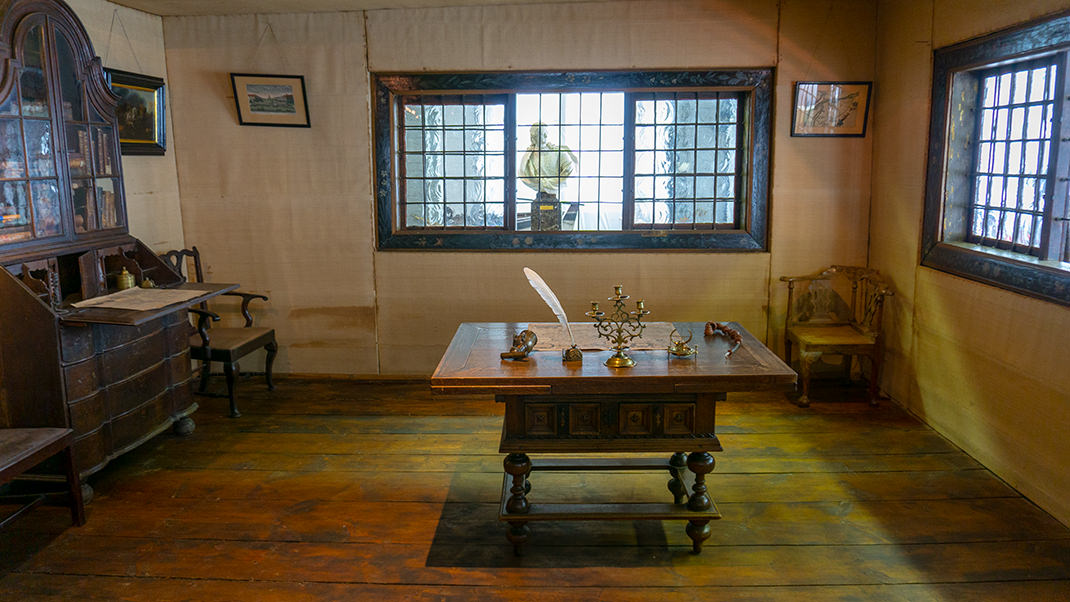
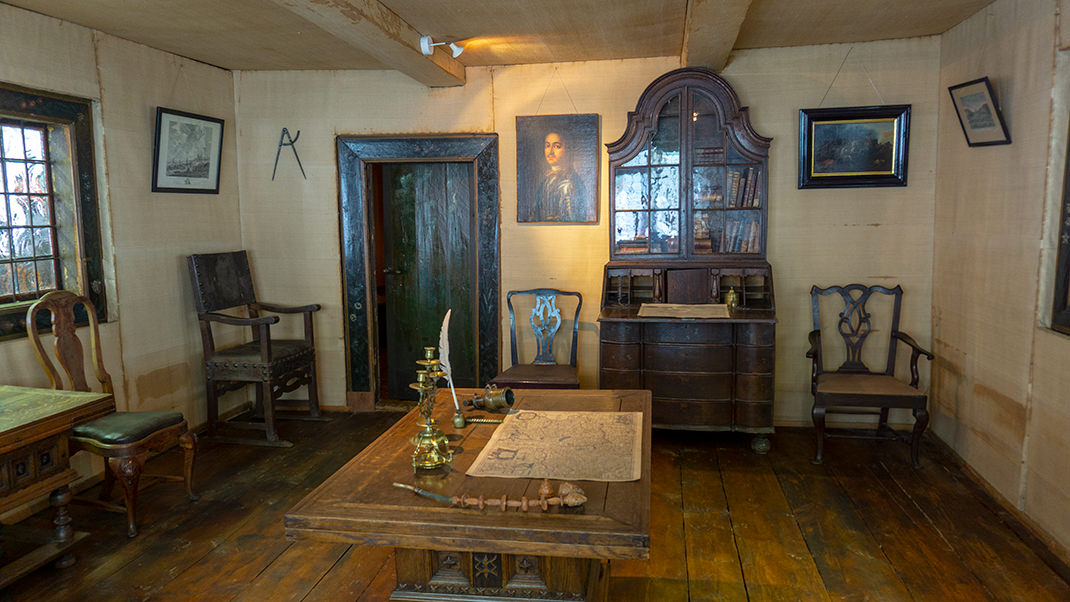
Visiting the museum won’t take much of your time, so you can easily combine the tour with visits to nearby attractions, such as the museums of Peter and Paul Fortress or the famous cruiser Aurora.
A Bit of History
Peter's House was built in just three days—from May 24 to 26, 1703. It’s no wonder, as this is the smallest of all known palaces, measuring 12.7 × 5.7 meters.
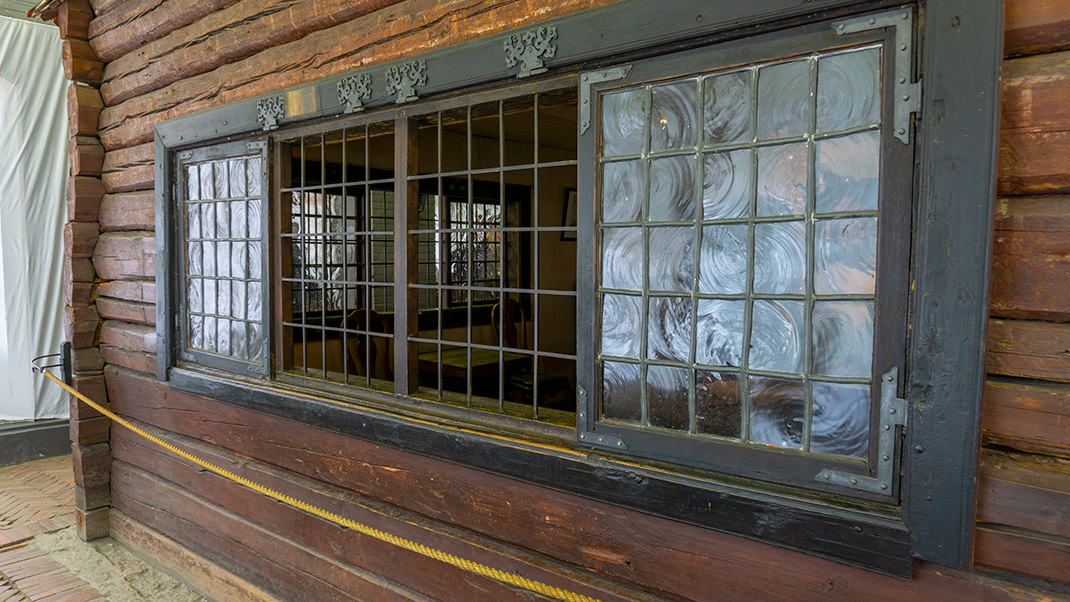
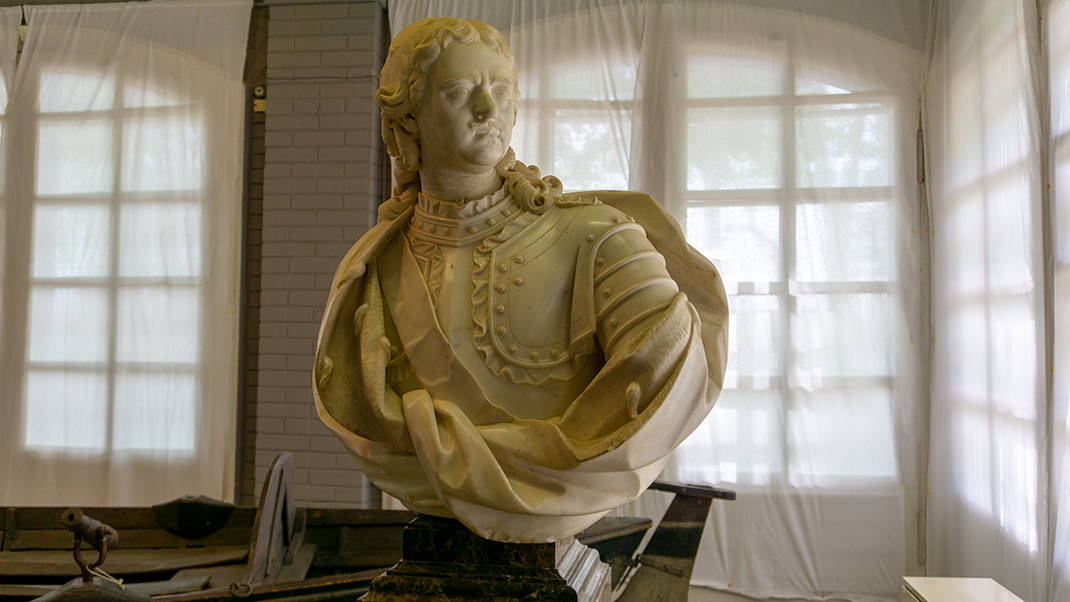
During Peter’s lifetime, in 1723, a protective gallery was constructed around the house. The idea for preserving the building belonged to the emperor himself. The architect of the gallery was the famous Domenico Trezzini, who also designed the Twelve Collegia building and Peter and Paul Cathedral. Over time, the gallery was updated and expanded, and during Alexander III's reign, two annexes were added.
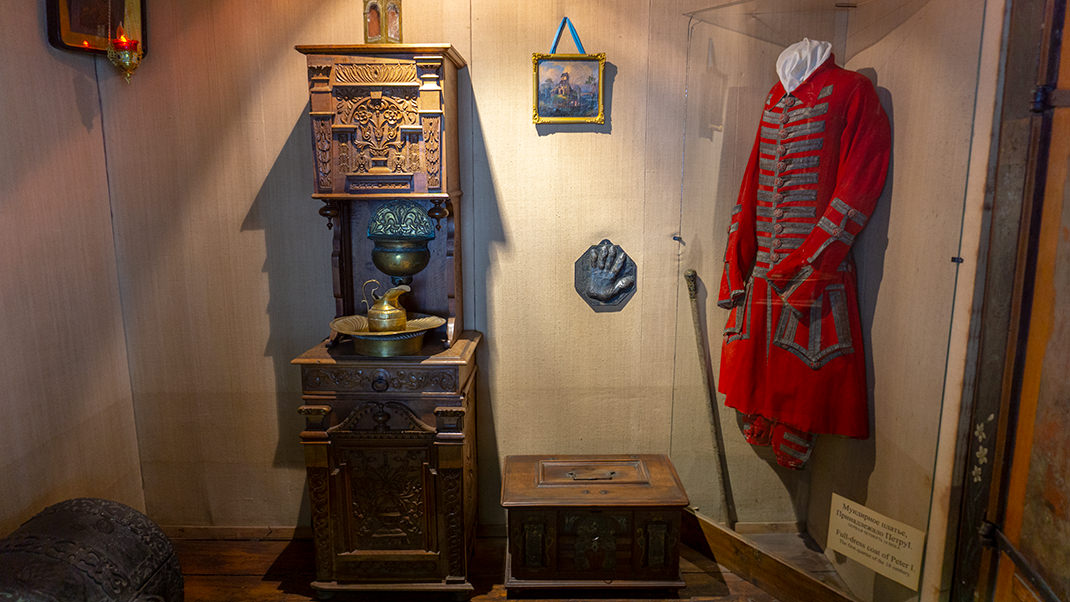
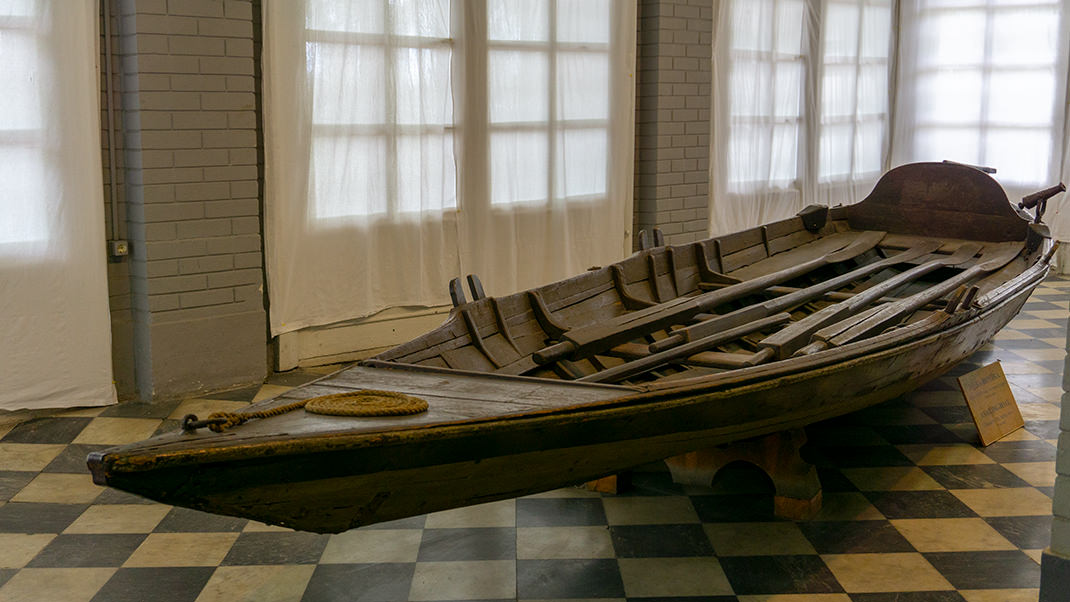
In the 19th century, a small garden was laid out around the house, featuring a bust of Peter. By the 1930s, the house had been turned into a museum. Today, it is part of the Russian Museum of St. Petersburg.
What to See
Inside the stone structure is a very small wooden house. Its windows are fitted with bars, allowing visitors to glimpse the austere furnishings of the living space. Entrance inside is not permitted. The house consists of four rooms: a hallway, a bedroom, an office, and a dining room—essentially the minimum set of rooms for living and working.
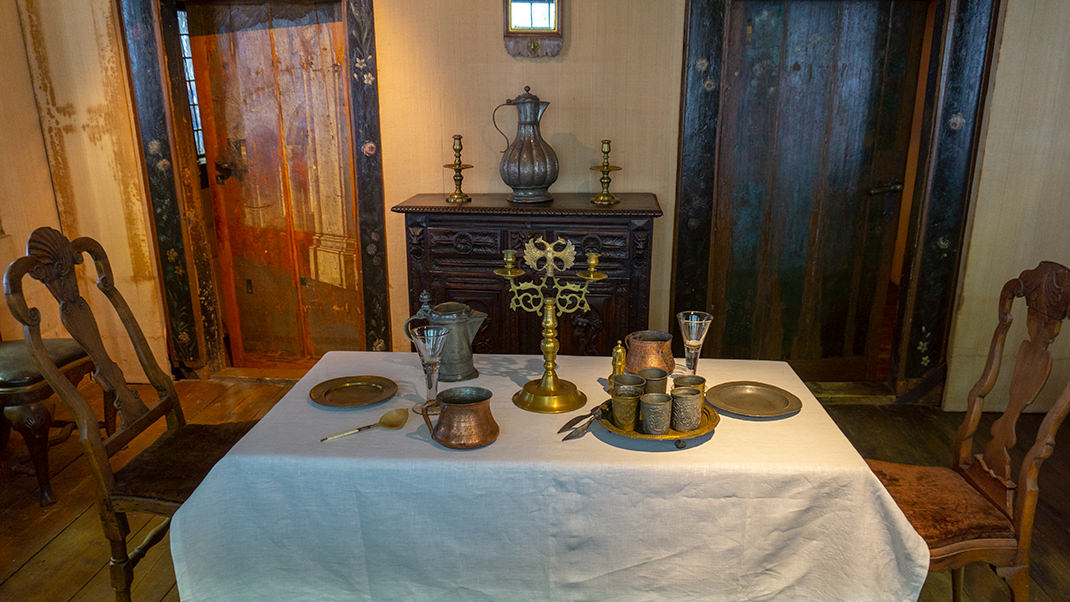
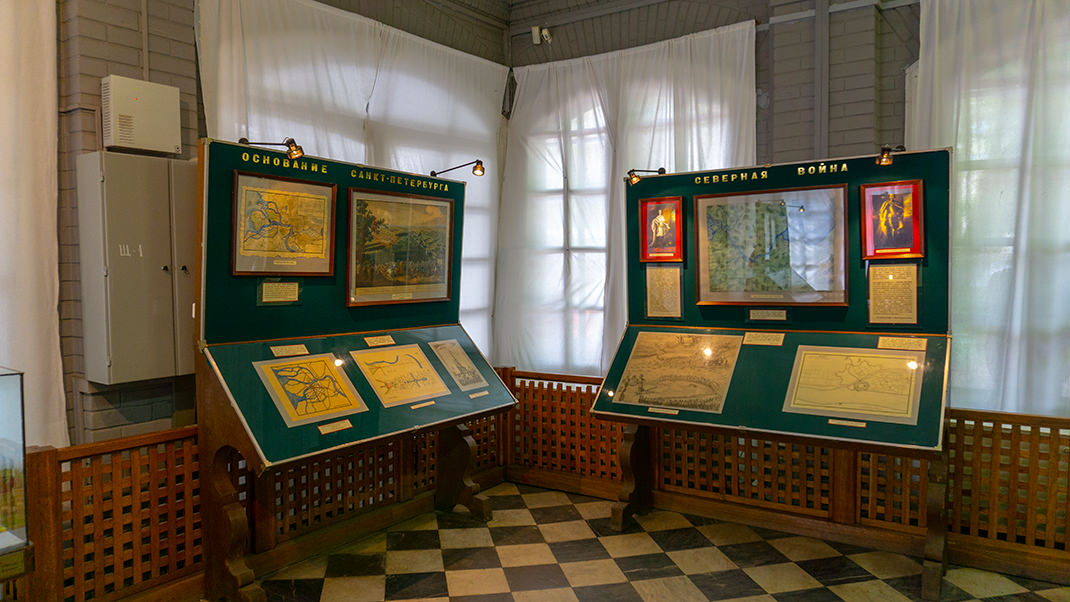
In one of the gallery’s annexes, there are informational stands detailing the history of the house and facts about the founding of St. Petersburg. The second annex houses a rowing boat built by Peter I.
As I’ve heard, visitors often wonder how the tsar's residence was heated if there’s no chimney on the roof. In late summer of 1703, Peter left St. Petersburg, and by the time he returned, the warm Winter Palace had already been constructed on Palace Embankment. Apparently, heating the house was not necessary.
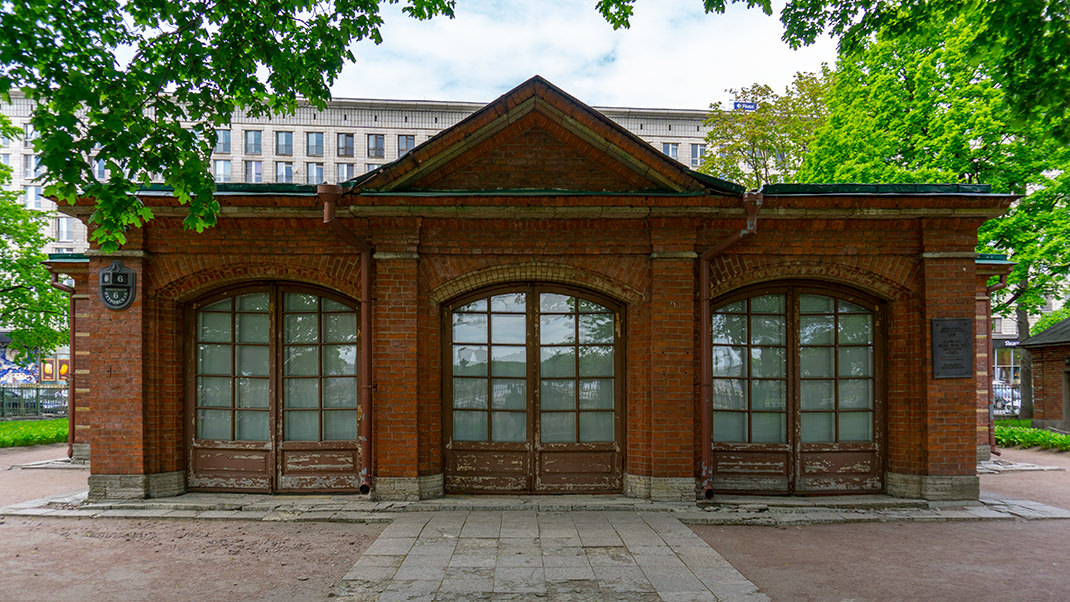
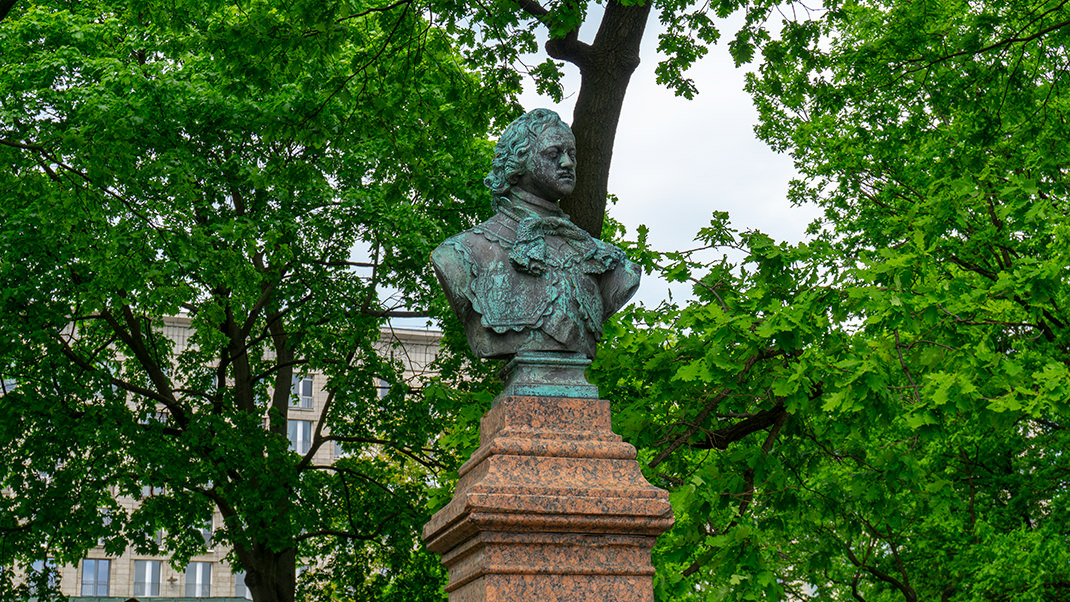
To the south of the house, there’s a garden where one can relax or hide from the sun—there’s plenty of greenery. Interestingly, on special occasions, trees were planted here by members of the imperial family. A plus of this small garden is that its entrance from the embankment is closed, and there are usually very few visitors.
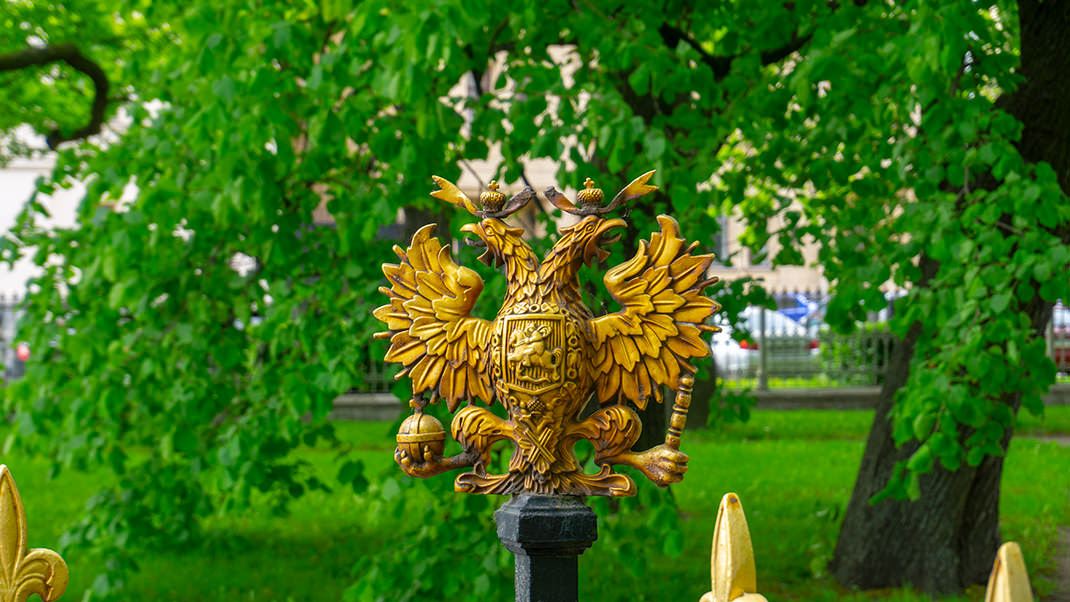
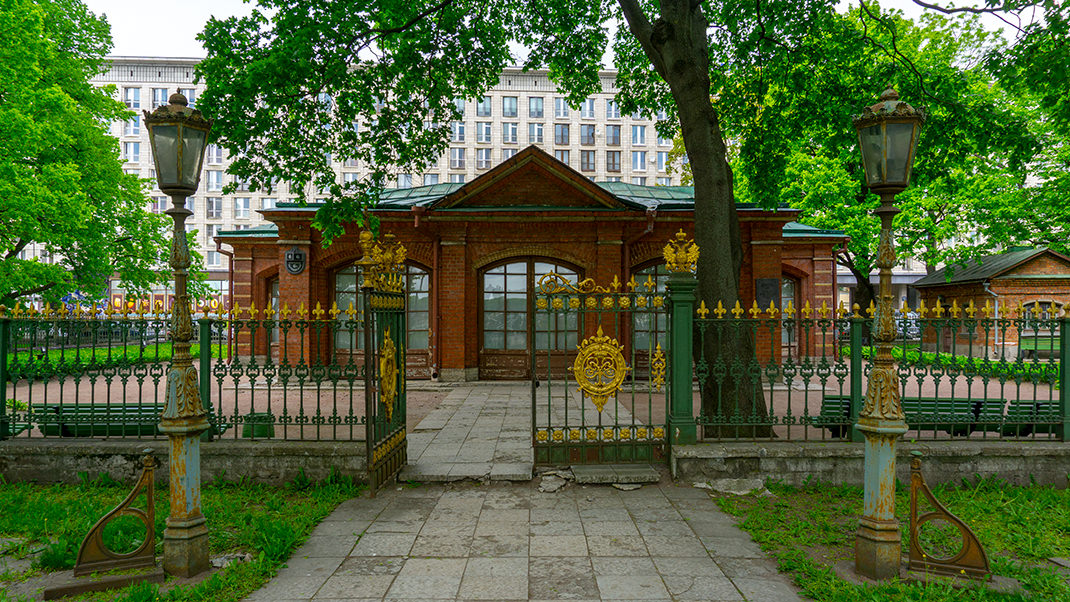
I recommend continuing your exploration of the daily life of Russia's first emperor at the Summer Palace of Peter I, located across the Neva River in the Summer Garden.
In summary:
- A small but interesting historical exhibition;
- Convenient location;
- You can relax in a cozy garden after your visit.


